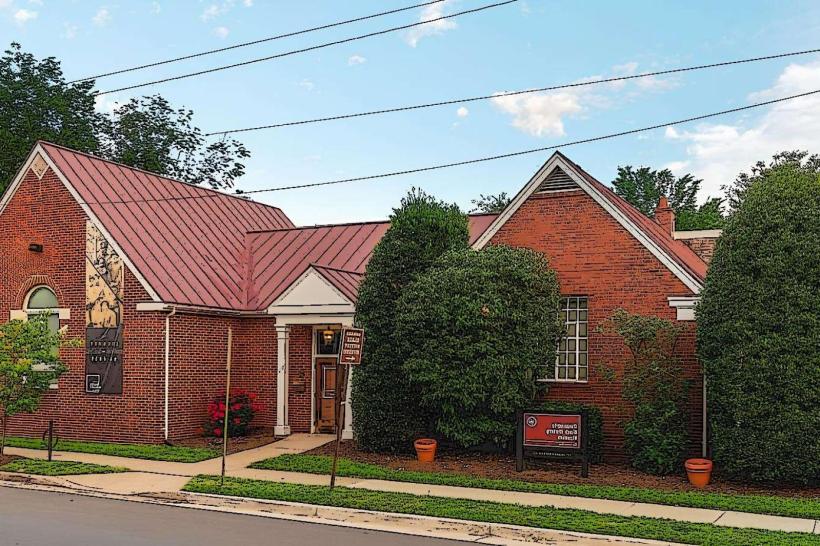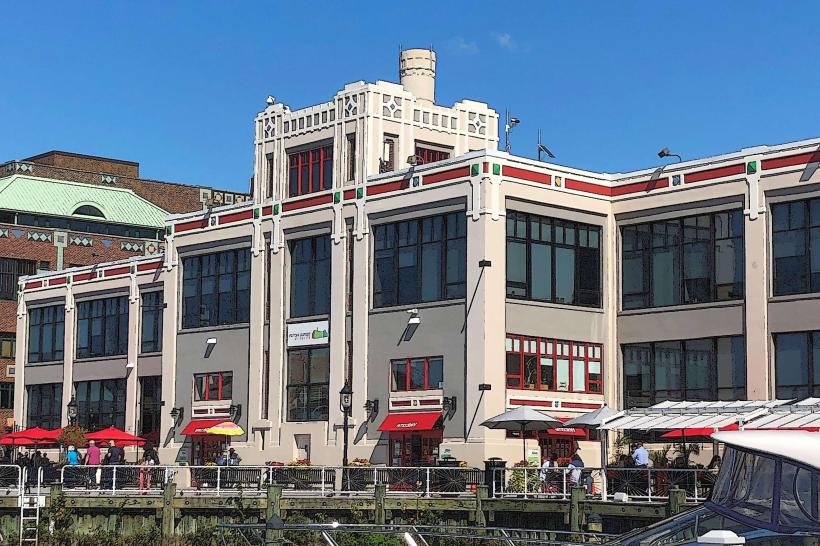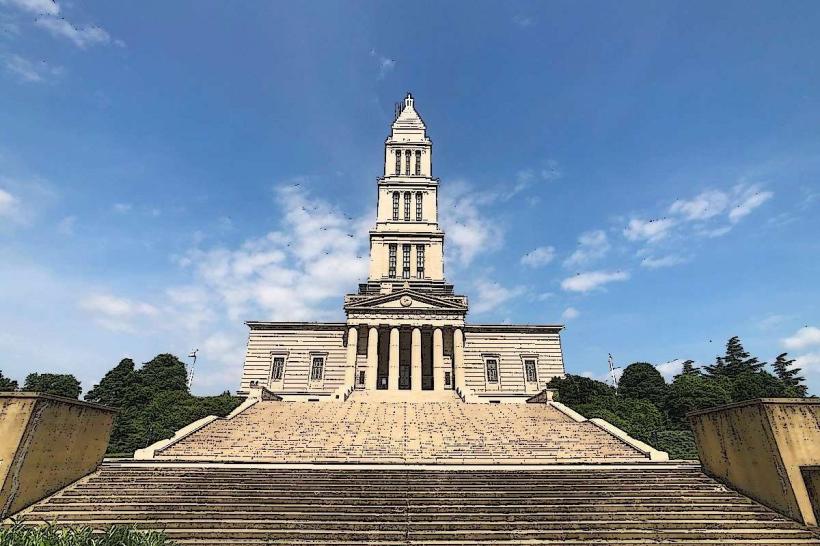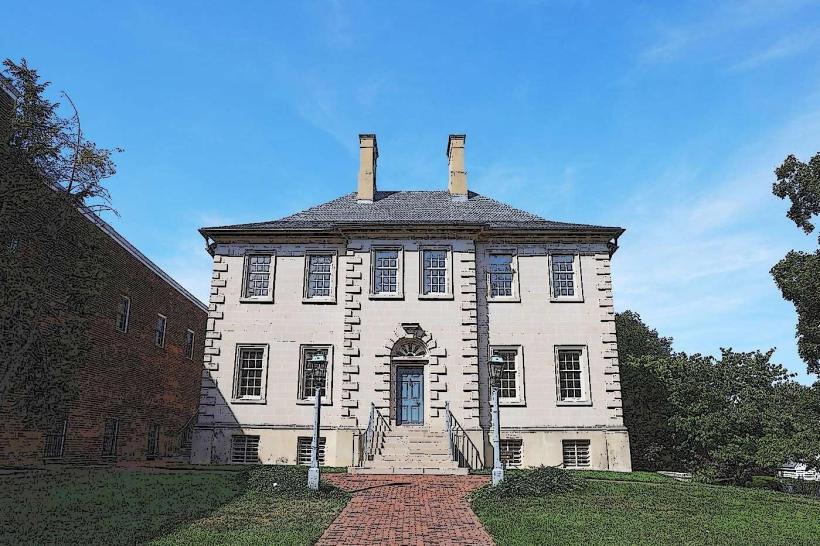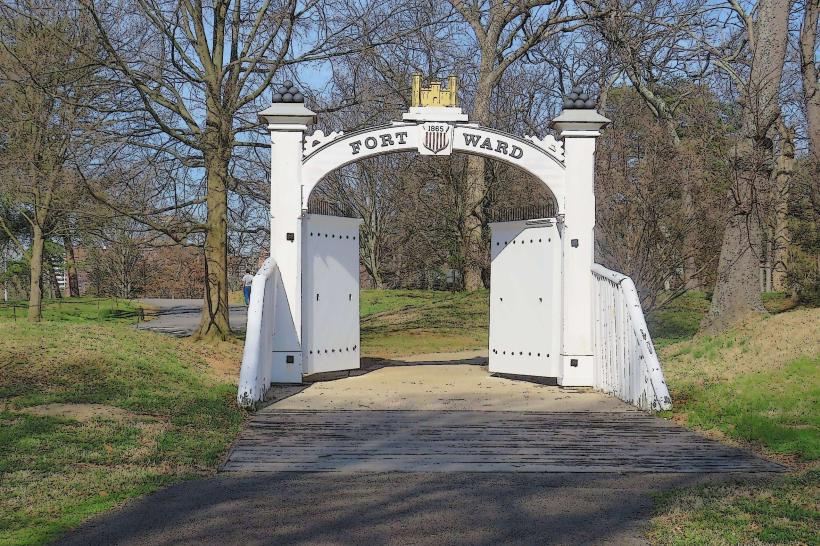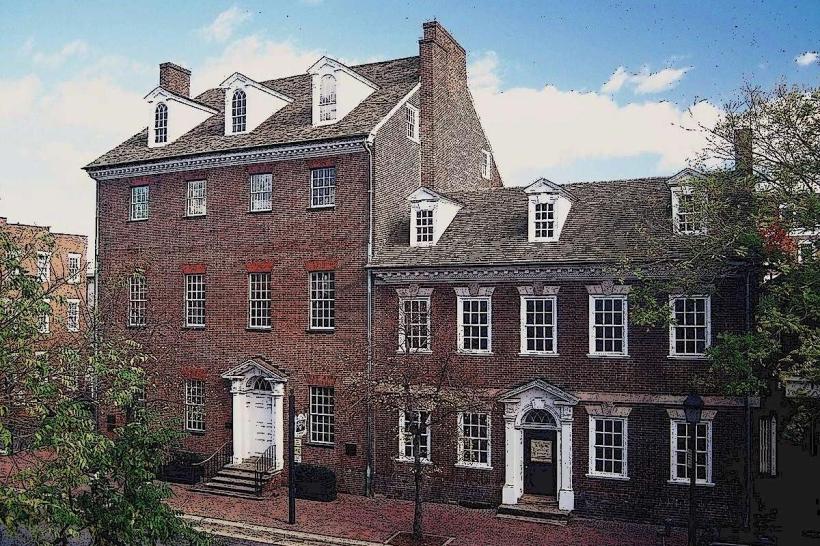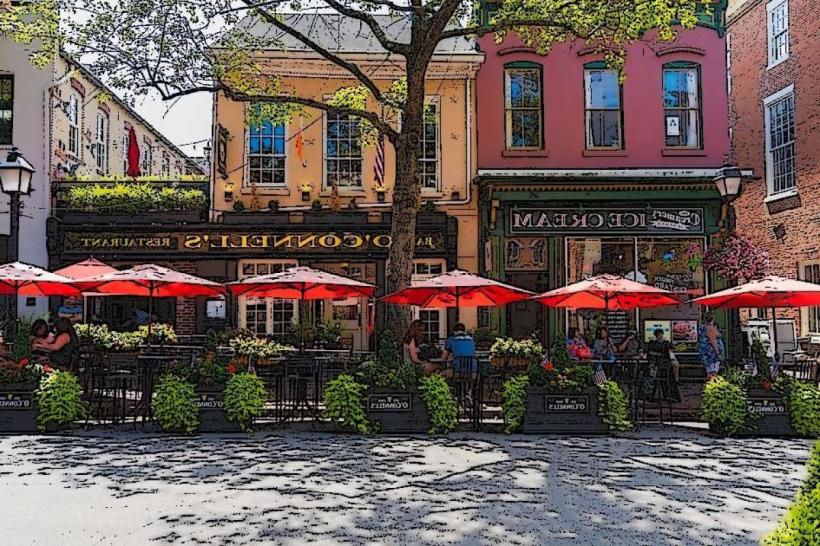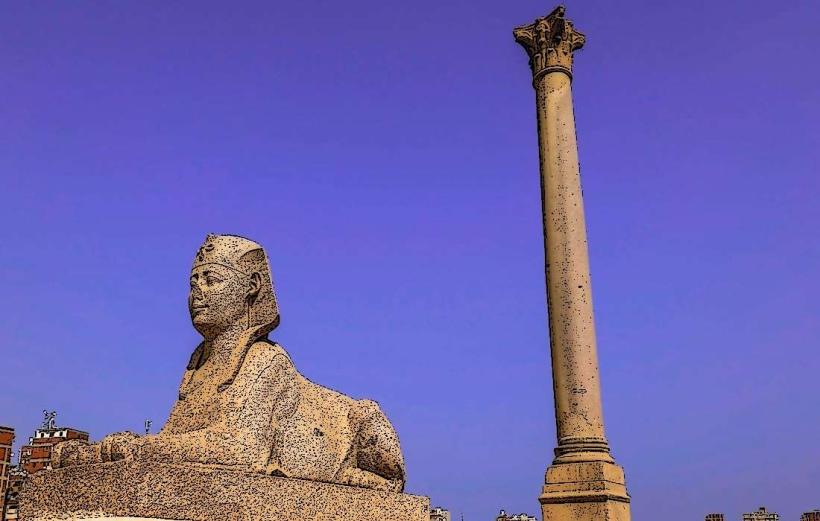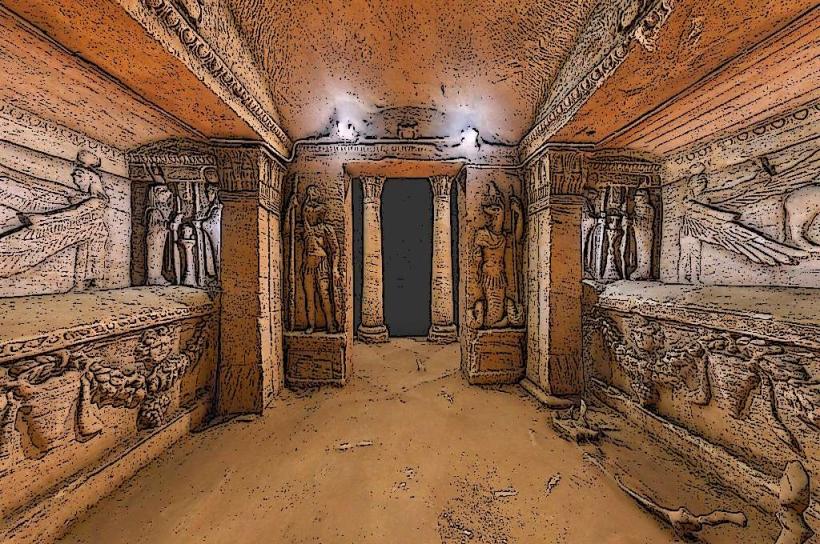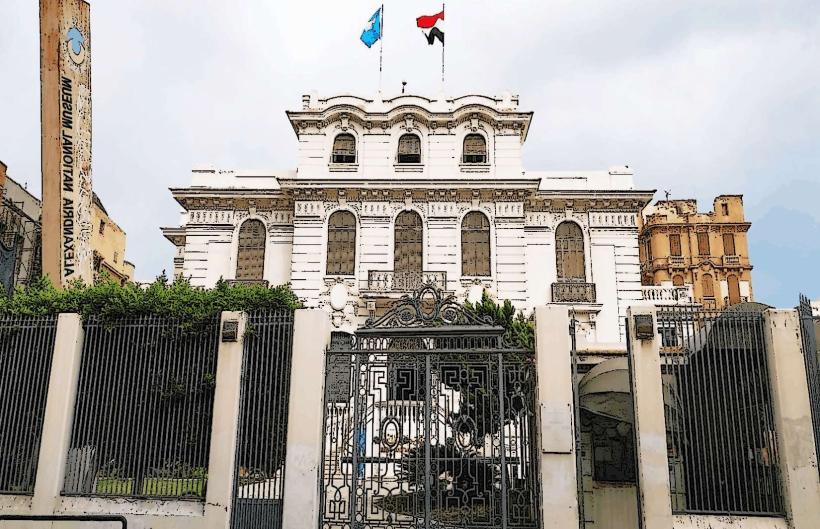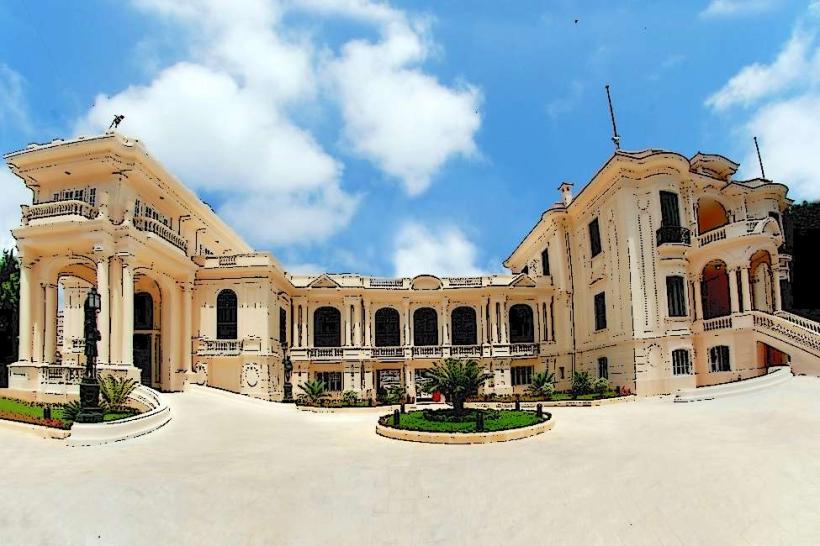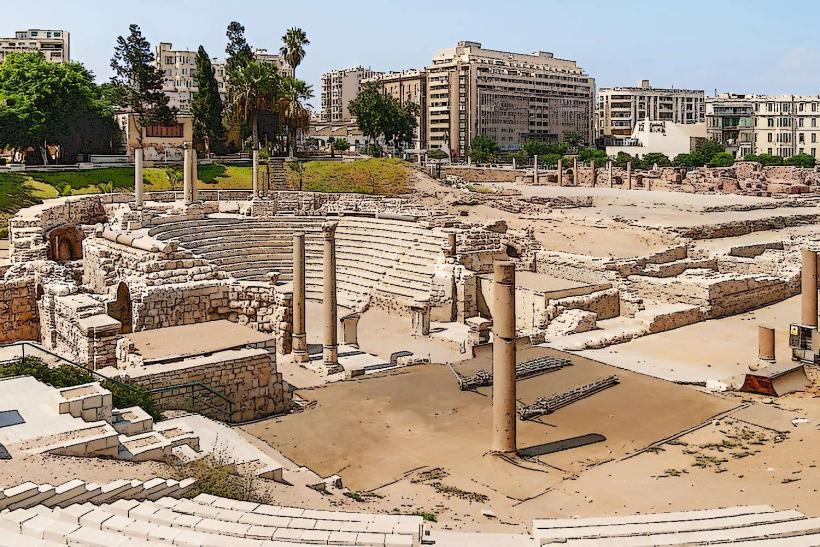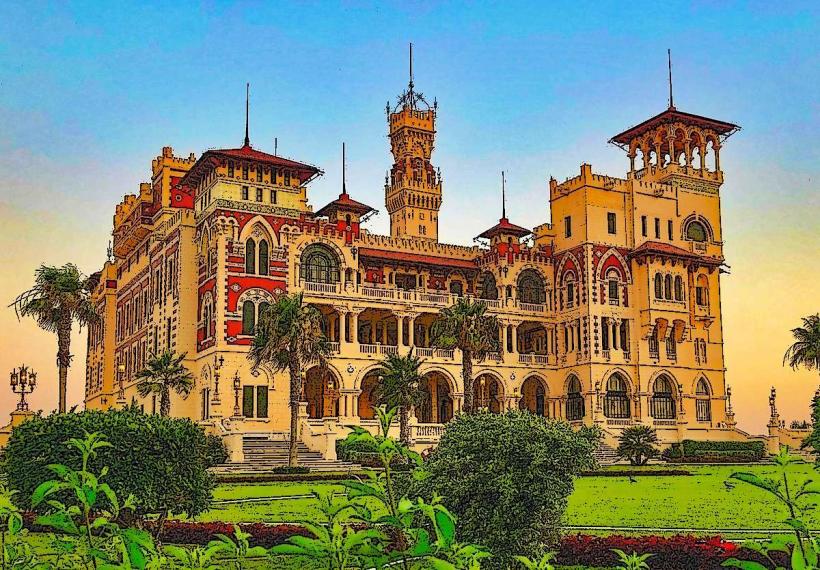Information
Landmark: Stabler-Leadbeater Apothecary MuseumCity: Alexandria
Country: USA Virginia
Continent: North America
Stabler-Leadbeater Apothecary Museum, Alexandria, USA Virginia, North America
Overview and Location
The Stabler-Leadbeater Apothecary Museum is a historic museum located in Old Town Alexandria, Virginia, at 105–107 South Fairfax Street. This site was originally an apothecary business established in 1792 by Edward Stabler, a Quaker pharmacist. Over its long history, the apothecary served the local community as well as notable figures such as George and Martha Washington. The business remained operational continuously until 1933, making it one of the oldest family-owned pharmaceutical operations in the United States.
Today, the museum preserves the original shop and its contents, showcasing a remarkable collection of over 15,000 artifacts that include herbal medicines, pharmaceutical tools, glass bottles, jars, and equipment used in early American medical care and pharmacy practice. The museum provides visitors with an immersive experience into the evolution of pharmacy from the late 18th century through the early 20th century.
Historical Significance
The museum holds deep historical importance for several reasons:
Early American Pharmacy: It offers a unique, preserved snapshot of pharmacy practices dating back to the late 1700s, including the preparation and dispensation of medicines in the pre-modern pharmaceutical era.
Distinguished Clientele: Records from the apothecary reveal that it served prominent local and national figures, including George Washington and his wife Martha Washington, reflecting the shop’s prominence and trustworthiness within the community.
Civil War Era: During the American Civil War, the business was operated by Mary Leadbeater, who maintained the apothecary’s services despite the turmoil. The apothecary supplied medicines to both sides but officially took an oath of allegiance to the United States government. One famous product from this time was the “Hot Drops,” a cough remedy widely used by Union soldiers.
Family Legacy: The apothecary remained in the Leadbeater family for generations, with the business adapting through significant historical events and changes in medicine until its closure in 1933.
Museum Collection and Exhibits
The museum’s extensive collection is one of the most comprehensive of its kind, including:
Herbal Botanicals and Raw Materials: Displaying various plants and substances used in traditional medicine, giving insight into natural remedies common before the pharmaceutical industry’s rise.
Hand-Blown Glassware: An impressive array of bottles, jars, and containers used for storing medicines, tinctures, and powders, many of which are original to the apothecary.
Pharmaceutical Equipment: Mortar and pestles, scales, and other tools essential to compounding and preparing medications by hand.
Historical Documents and Ledgers: Original business records that provide detailed accounts of customers, sales, and the types of medicines dispensed over the centuries.
The museum layout preserves the original interior of the apothecary shop, allowing visitors to walk through as if stepping back in time. Informative placards and interpretive panels explain the uses of various items and the context of medicine during the era.
Visitor Experience and Tours
Visitors can explore the museum either through self-guided or guided tours:
Self-Guided Tours allow visitors to take their time and absorb the exhibits at their own pace. Admission for self-guided visits is modestly priced.
Guided Tours provide a 45-minute detailed explanation of the museum’s history, the artifacts, and the evolution of pharmaceutical science. These tours are highly recommended for visitors aged eight and older and are offered multiple times daily. The guides often share fascinating anecdotes about the apothecary’s operations, products, and customers.
The museum also caters to school groups and special educational programs, emphasizing the history of medicine, pharmacy, and early American commerce.
Hours and Admission
The museum’s operating schedule varies seasonally:
Spring through Fall (Mid-March to October 31):
Open Monday 1:00 PM to 5:00 PM
Wednesday to Friday 11:00 AM to 4:00 PM
Saturday 11:00 AM to 5:00 PM
Sunday 1:00 PM to 5:00 PM
Closed Tuesdays
Winter Season (November 1 to Mid-March):
Closed Mondays and Tuesdays
Open Wednesday to Friday 11:00 AM to 4:00 PM
Saturday 11:00 AM to 5:00 PM
Sunday 1:00 PM to 5:00 PM
The museum closes on major holidays such as Thanksgiving, Christmas, and New Year’s Day.
Admission Fees:
Adults: $5.00 for self-guided; $8.00 for guided tours
Children (5–12 years): $3.00 self-guided; $8.00 guided tours
Children under 4: Free with paying adult
Guided tours begin at 1:15 PM and run every 15 minutes until closing.
Location, Access, and Amenities
The museum is located in the heart of Old Town Alexandria, a historic district known for its cobblestone streets and colonial-era buildings.
Parking: Metered street parking is available nearby, along with public parking garages. Visitors should be mindful of parking regulations as enforcement is strict.
Public Transit: The museum is accessible via local buses and is about one mile from the King Street Metro station, making it reachable for visitors relying on public transportation.
Accessibility: The museum is housed in a historic building; while efforts are made to accommodate visitors with mobility challenges, some areas may have limitations due to the building’s age.
Summary
The Stabler-Leadbeater Apothecary Museum offers an exceptional window into the history of pharmacy, medicine, and commerce in early America. By preserving the original apothecary shop with its vast collection of artifacts, the museum tells a compelling story of medical practice spanning over 140 years. It highlights the transition from traditional herbal remedies to more scientific approaches in pharmaceutical care, while also reflecting broader social and historical changes through its connection to prominent American figures and events.
For visitors interested in history, science, and culture, the museum provides a rich, immersive experience that educates and fascinates, making it a unique and important attraction in Alexandria’s historic landscape.

